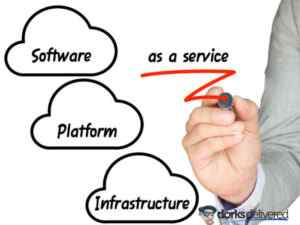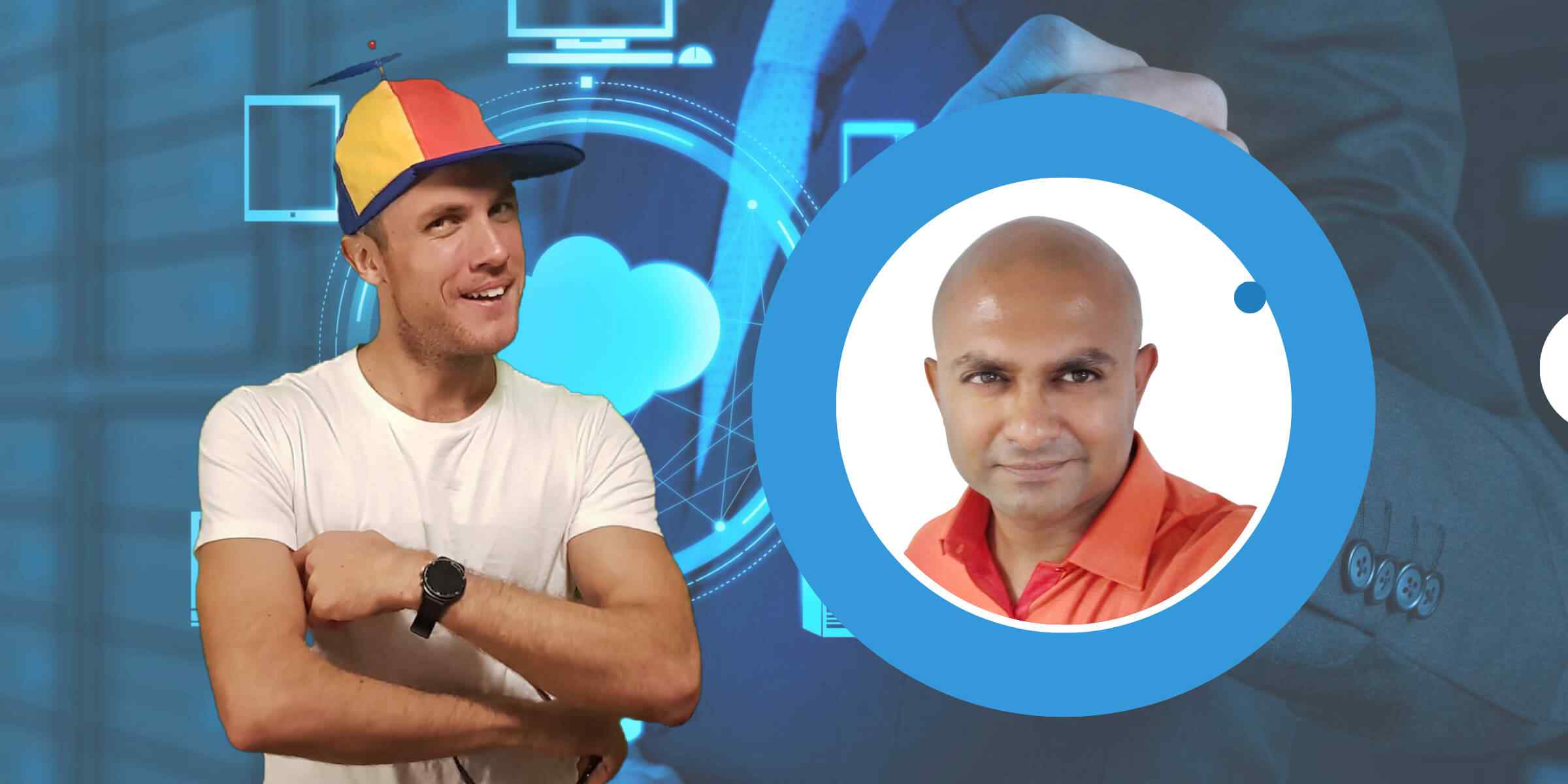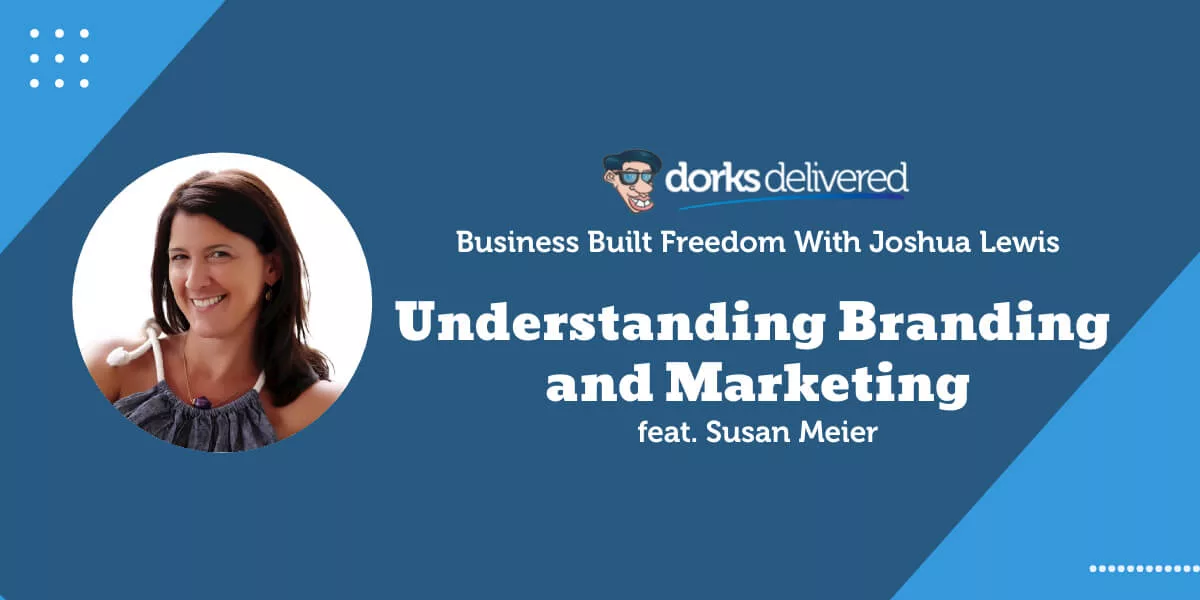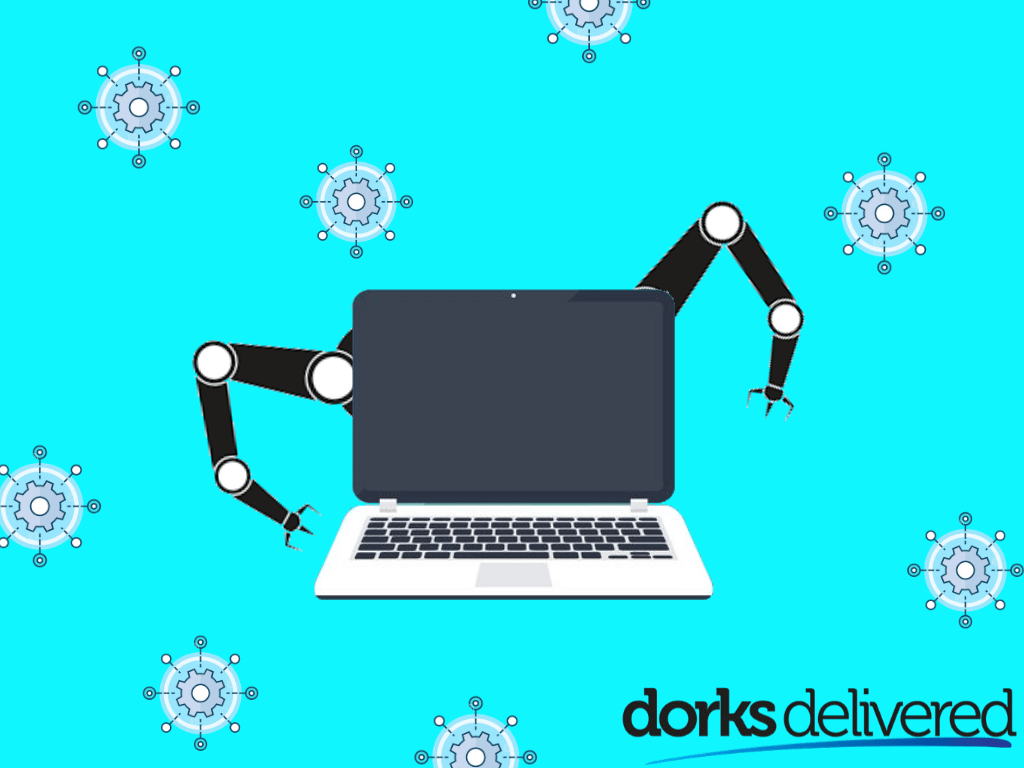Cloud computing is a major aspect of thousands of businesses, but there are a lot of mitigating factors that can confuse people. Josh was joined by Sayuj Nath, a cloud mitigation expert, to discuss all things to do with the cloud and how you can use it to help your operations.
Sayuj is the Principle Consultant at Slalom. In his role, he consults with businesses on strategy, technology, and business transformation regarding cloud services.
Picking the Right Cloud Infrastructure
The first thing to consider is whether the cloud is even right for you. Traditionally, IT systems were on-premise, meaning all the hardware, services, and security were physically located in a garage or IT room. However, in 2007, Amazon introduced the idea of renting out huge amounts of computing power from their data centres. Since then, many vendors have built technologies around it, and now there are a lot of options to choose from. The challenge for those new to the cloud is knowing where to start. In our discussion today, I hope to demystify some of the general categories in the cloud.
What is Compute?
Compute is like the brain of your computer, and a lot of the time, it’s only being used at around 20% capacity. By renting compute power from Amazon, you can use it when you need to, and the elasticity of the service means you can expand or contract your requirements. You can start with something small that costs only a few cents an hour and scale up to hundreds of virtual machines if needed. AWS’s brand centres on this flexibility to scale, which they call elastic.
Having the power to use cloud infrastructure on demand to scale up and down according to business needs is extremely powerful.
Find out how secure your IT system is. We offer a free no-commitment audit.
Four Cloud Categories
There are four broad categories of cloud.
Traditional on premise
 A lot of people today use their on premise infrastructure in addition to the cloud. Sometimes they use the on premise traditional legacy system to augment the cloud and sometimes they use the cloud to augment their traditional legacy system. Using a pizza analogy, having your own traditional on premise legacy system is the equivalent of making and baking your own pizza at home, which means you basically need to buy the oven and all the ingredients, cheese, toppings, tomato sauce, etc.
A lot of people today use their on premise infrastructure in addition to the cloud. Sometimes they use the on premise traditional legacy system to augment the cloud and sometimes they use the cloud to augment their traditional legacy system. Using a pizza analogy, having your own traditional on premise legacy system is the equivalent of making and baking your own pizza at home, which means you basically need to buy the oven and all the ingredients, cheese, toppings, tomato sauce, etc.
Infrastructure as service
This is where you’re outsourcing a portion of what you’re doing to essentially an external service. This is part of what cloud companies like AWS and Azure and Google Cloud provide in the context of pizza. Again, they would probably provide the dining table, they provide the drinks, electric gas and the oven and the fire. But then you bring your ingredients, you bring your pizza dough, you bring your tomato sauce, your topping, the new cheese, and possibly your grandma’s secret pizza spices as well. So, this is kind of like taking and baking if you like
Platform as a service
This is where you do even less and then you give more responsibility to that third party service. So here, for example, you would give them the responsibility to provide the gas oven, the fire, the pizza dough and all the ingredients and everything, and you essentially provide just the dining room table and the drinks. An example of this AWS Amplify, which is a really cool product that allows you to effectively deploy your applications without having to worry too much about what actually happens in the back end. You just have to focus more on your development as opposed to actually the infrastructure and even help you store all your secrets and things like that inside of all. So your grandma’s recipe is potentially safe. So that’s sort of going up in the chain. And then there’s a couple more categories.
Software as a service
This is where you would effectively use that third party software to meet your customers needs. Examples are things like Salesforce and Gmail. These are off the shelf applications that run on infrastructure that’s sitting in the cloud. You don’t need to worry about the infrastructure, and you don’t even need to worry about how the application works. You just need to make sure that it works as for your requirements, and then you effectively log in and start using the service.
Save up to 50% on hardware, software and IT support. Talk to us to learn more!
With Great Power Comes Great Responsibility
Using cloud infrastructure can provide businesses with a lot of power, but it also comes with responsibility. The type of cloud a business uses has a big impact on the way the business should run and how its applications and systems need to run on those systems. Migrating from on-premise to the cloud is not just a matter of lifting and shifting applications, as doing so without rethinking the architecture can actually increase costs.
The way you would architect a system that would run inside your on-premise system is typically very different from what you should be doing in the cloud because you’re effectively running everything on somebody else’s computer. So there’s a whole bunch of additional things you need to take into account. Number one is usually security. Another one is cost. A lot of people believe that they can literally sort of lift and shift their applications from on premise to the cloud. And usually what they find is that they don’t really reap any benefits from the cloud because of that. They’re using the same old architecture. That was fine for on premise, but it’s not really appropriate for the cloud and they often find because of that their costs actually go up, not actually down.
Working Out Your Needs
 To start off your journey into the cloud, it all starts from from your business needs. What are your objectives over the next years? That’s really what it stems down to. It’s really important that you understand that so that you don’t use the cloud just for the sake of using it and that you can truly get the benefits out of it.
To start off your journey into the cloud, it all starts from from your business needs. What are your objectives over the next years? That’s really what it stems down to. It’s really important that you understand that so that you don’t use the cloud just for the sake of using it and that you can truly get the benefits out of it.
What I often do with my customers, I start off by really trying to understand where they are right now, what technologies do they have right now. And on top of that, I try to get an understanding of who their customers and what sort of technologies do they currently have to service their customers, and most importantly, what are the problems that they have right now.
So, what are the key gaps that they have right now? From a point of view of scalability, from the point of view of being able to meet customer needs, from the point of view of reliability, security, compliance, there’s a whole bunch of different lenses that you can look at the business in. Once you’ve got all these business requirements together at that point only really at that point you actually start thinking about okay, how do we actually solve these problems using technology? And sometimes not just technology, sometimes it’s also a combination of technologies and processes and those processes can be enabled by those technologies.
Have more time for your business. Learn how you can turn IT into a utility!
When is the Best Time to Start?
The business planning stage. It could be an annual exercise you might have in your company where you might decide all the different things that you want to try and achieve for the next year. This is a great point to start thinking about the technologies and even the processes that we need to make that happen.
Results Actions Objectives
The ROA framework is something I do for the business planning aspect of my own company. Then from the results, I figure out, what are the actions that need to happen? What are the objectives that need to be in place for me to achieve those results? For example, if you want to achieve $1 million in revenue for the year, what are some objectives?
Perhaps you might select which cloud vendor understands the additional business needs. Then at the end you would figure out what are the specific actions that I need to make happen. Those actions could be to hire a solutions architect or someone in DevOps who understands the Cloud, or perhaps even hire, externally, someone like myself, who can really help you think a bit more strategically about how you can ultimately achieve that $1 million result through the actions that you put forward in terms of developing for the cloud.
Monitoring Tools
The cloud is essentially filled with lots of different Lego blocks of technology. And one of the most important Lego blocks that I use in the cloud is monitoring tools. An example of that is AWS Cloud Watch or Prometheus, which allow you to effectively log every single activity that happens in the cloud. You can find out exactly who used what and when and get very fine levels of granularity, but then you collect a lot of data as well, which is very challenging.
If you have hundreds of servers, and everything’s being monitored, you can capture gigabytes of data of all these activities. AWS also has a great tool called AWS Macy, which allows you to scan and look for anything that sits inside the storage systems and look for passwords, credentials, anything sensitive, like related to credit cards and it notifies you immediately if there’s a problem. These are all tools that are off the shelf.
Find out how you can improve your business! Let technology save you time and money.
Find Work That Doesn’t Feel Like Work
 Personally, I love technology. I wrote my first programme in Basic when I was ten years old. Initially, when I was young, it was always about using technology for the sake of technology. But then once I started working for companies, I realised that the impact technology has not only for companies, but even within the social fabric, how much it has impact in terms of our lives.
Personally, I love technology. I wrote my first programme in Basic when I was ten years old. Initially, when I was young, it was always about using technology for the sake of technology. But then once I started working for companies, I realised that the impact technology has not only for companies, but even within the social fabric, how much it has impact in terms of our lives.
I find that liberating for myself because it’s something that I’m doing purely for the passion of it. So, I don’t feel in any way locked up, doing a job that I don’t want to do on a day-to-day basis. This is what wakes me up in the morning. I’m very blessed to be able to work with some really fantastic people across many organisations, mostly small to medium businesses and lots of startups.
Let Sayuj Help You
Do you want Sayuj to help with any cloud implementation? Contact him today and he’ll be happy to have a chat with you.










